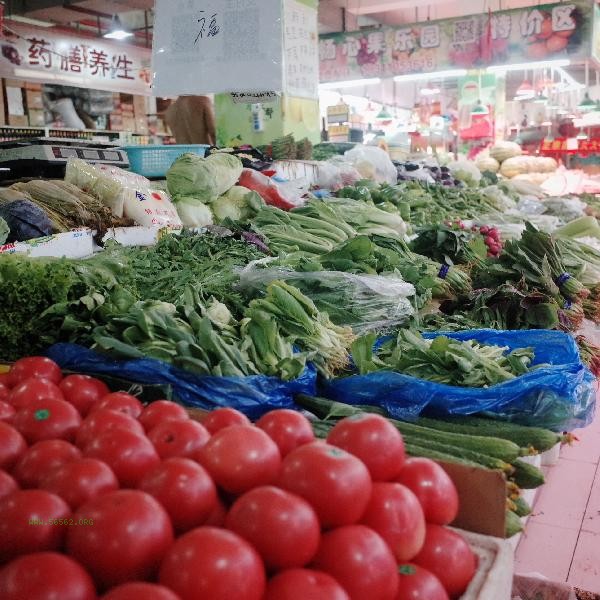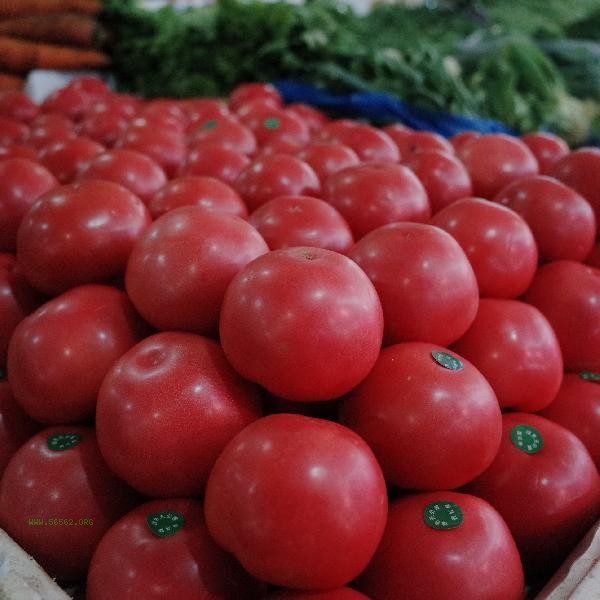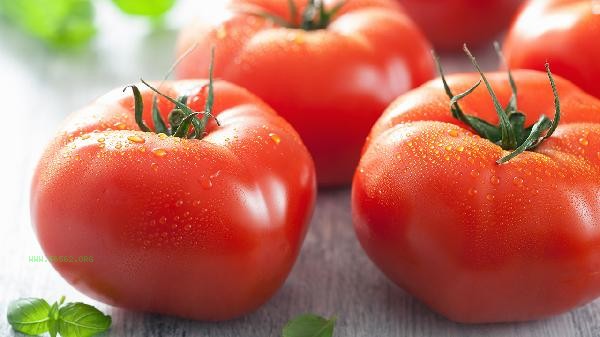When selecting tomatoes, it is recommended to choose mature fruits with uniform color, smooth skin, full and fragrant fruit. High quality tomatoes typically have fresh green stems, moderate hardness, and no cracks or spots. Tomatoes with uniform color indicate moderate maturity, while immature or overripe fruits may exhibit uneven color distribution or yellowing. The skin of naturally ripe tomatoes will present a gradual red color from the stem downwards, while ripening fruits may have abrupt color transitions. The smoothness of the skin reflects whether the fruit is affected by pests and diseases during its growth process, and high-quality tomatoes should not have depressions or wrinkles on the surface. When lightly pressed, there should be slight elasticity. If it is too hard, it may not be mature, and if it is too soft, it may be stored for too long. Fresh tomatoes have a plant sweet aroma, and if there is a fermented or off flavors, they may have spoiled.

The condition of the fruit stem can determine the freshness level, and withered and blackened fruit stems indicate longer harvesting time. The taste of medium-sized fruits is usually better than that of oversized or undersized fruits, and abnormal shape may be caused by abnormal growth. Avoid selecting fruits with obvious mechanical damage, as damaged areas are prone to bacterial growth. When purchasing in winter, pay attention to whether the fruits are frozen, as frostbitten tomatoes may have transparent patches. Organic grown tomatoes are usually more robust than regular fruits, but they are relatively more expensive.

It is recommended to store tomatoes at room temperature and away from light for daily use. Immature fruits can be placed in paper bags to accelerate ripening. When cleaning, gently rub with running water to remove surface pesticide residues. Soak in light salt water first. People with spleen and stomach deficiency and cold should not consume too much on an empty stomach, and those with allergies should observe their reactions when consuming for the first time. Heating for a short period of time during cooking can better preserve vitamin C, and pairing it with oil can help absorb lycopene.









Comments (0)
Leave a Comment
No comments yet
Be the first to share your thoughts!